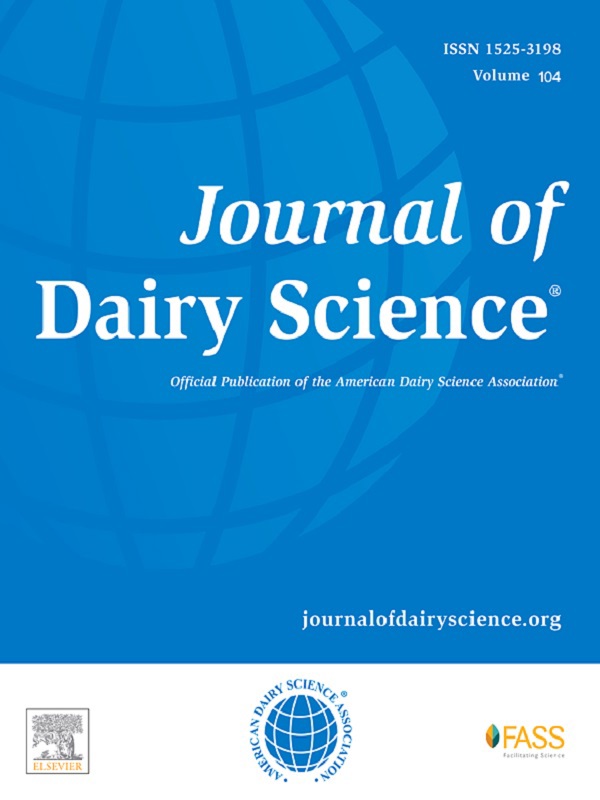Preweaning nutrient supply alters serum metabolomics profiles related to protein and energy metabolism and hepatic function in Holstein heifer calves
By L. N. Leal,1* J. Doelman,1 B. R. Keppler,2 M. A. Steele,3 and J. Martín-Tereso1
1 Trouw Nutrition Research and Development, P.O. Box 299, 3800 AG, Amersfoort, the Netherlands
2 Department of Discovery and Translational Sciences, Metabolon Inc., Morrisville, NC 27560
3 Department of Animal Bioscience, Animal Science and Nutrition, University of Guelph, Guelph, ON N1G 1Y2, Canada
- Ruminants
- Dairy
- 2021
- Open Access
J. Dairy Sci. 104 https://doi.org/10.3168/jds.2020-19867
J. Doelman, B. R. Keppler, M.A. Steele, J. Martín-Tereso

ABSTRACT
Lifting the preweaning milk restriction in dairy calves has been causally associated with beneficial effects on growth and future lactation performance. However, the biological mechanisms linking early-life nutrient supply and future performance remain insufficiently understood. Thus, the objective of this study was to characterize growth and the metabolic profiles of calves fed a restricted (RES) and an elevated (ELE) milk supply preweaning. A total of 86 female Holstein Friesian calves were blocked in pairs by maternal parity and received identical colostrum supply within block. Treatments randomized within block consisted of a milk replacer (MR; 24% crude protein, 18% crude fat, and 45% lactose) supplied at either 5.41 Mcal of ME in 8 L of MR/d (ELE) or 2.71 Mcal of ME in 4 L of MR/d (RES) from d 2 after birth until they were stepped down by 50% during wk 7 and fully weaned at wk 8. All calves had ad libitum access to pelleted calf starter (17.3% crude protein, 24.4% neutral detergent fiber, 2.0% crude fat, and 18.2% starch), chopped wheat straw, and water. At 2 and 49 d of age, blood samples were taken for metabolomics analysis. The ELE group by design consumed more milk replacer, resulting in a lower starter intake and a greater body weight and average daily gain. The ELE calves consumed 20.7% more ME and 9.7% more crude protein. However, efficiency of growth was not different between groups. Metabolomic profiling using 908 identified metabolites served to characterize treatment-dependent biochemical differences. Principal component analysis revealed clearly distinct metabolic profiles at 49 d of age in response to preweaning milk supply. Changes in energy (fatty acid metabolism and tricarboxylic acid metabolites), protein (free AA, dipeptides, and urea cycle), and liver metabolism (bile acid and heme metabolism) were the main effects associated with the dietary differences. The ELE group consumed proportionately more glucogenic nutrients via milk replacer, whereas the RES group consumed proportionately more ketogenic nutrients from the digestion of the calf starter, comprising a larger portion of total intake. Associated with the higher growth rate of the ELE group, hepatic changes were expressed as differences in bile acid and heme metabolism. Furthermore, energy metabolism differences were noted in fatty acid and AA metabolism and the urea cycle. The metabolic profile differences between the ELE and RES groups reflect the broad differences in nutrient intake and diet composition and might point to which metabolic processes are responsible for greater dairy performance for cows fed a greater milk supply preweaning.